Aberdeen University staff have recalled the occasions when the Queen visited the academic institution and showed keen interest in their work.
The news of Her Majesty’s death on Thursday has understandably been greeted with sadness across Britain and the Commonwealth, but there is a growing sense of how inspirational and all-pervasive the monarch’s life was for different generations.
She marvelled at the myriad technological and scientific innovations which were made during her lifetime, ranging from the development of penicillin and MRI machines to the space race and Neil Armstrong famously walking on the moon in 1969.
The close proximity of Balmoral Castle in Royal Deeside enabled university staff and students to participate in a range of high-profile occasions and provided a global platform for their voices.
It also brought them face-to-face with the Queen in more informal settings and without the normal pomp and ceremony.
And now, some of these people have been recalling their special meetings.
From opening halls of residence to the Sir Duncan Rice library
In 1960, Queen Elizabeth opened the first hall of residence and, in 1995, her visit was a cornerstone of celebrations to mark the 500th anniversary of the ancient university.
She unveiled a plaque at the site of the new £25m Institute of Medical Sciences building before joining staff and students at King’s College for Quincentenary events.
Her Majesty returned in 2002 as part of her Golden Jubilee tour when a special sitting of the Scottish Parliament was organised in the King’s Conference Centre. It was the first time a head of state had addressed the parliament while it was in session.
Her last official engagement at the university was to open the Sir Duncan Rice Library in 2012 when she was joined by the Duke of Edinburgh.
She was shown the Aberdeen Bestiary, one of the finest surviving examples of a medieval illuminated manuscript which has been in the care of the university for almost 400 years.
Her Majesty really took the time to speak to and engage with all those presented to her.”
It was the first such work created in England around 1200 and was once held in the library of King Henry VIII.
For many staff, it was a day that left indelible memories, including Hayley Moncur, a member of the University of Aberdeen Development Trust, who was tasked with supporting those who had made philanthropic contributions to the library, many of whom had travelled from across the world to witness the occasion.
Meeting the Queen a memory ‘that will be long treasured’
But it provided a special family moment as well as a high point of her career for Hayley.
She recalled: “The atmosphere in the library when the Queen and His Royal Highness the Duke of Edinburgh arrived was amazing.
“People went very quiet and all eyes were on them. The weather had turned quite dramatically but it didn’t deter the hundreds of students, staff and members of the community who stood out in the rain to welcome the Queen.
“Among them were children and teachers from the Rocking Horse nursery all waving their flags and this mini congregation included my son Henry who was just a toddler.
“The children from the Rocking Horse were beckoned inside to shelter and so it was a really special moment as I was able to share the experience with him. Her Majesty really took the time to speak to and engage with all those presented to her for their contribution in bringing the library project together.
“Having the Queen open such a landmark building is something we will always remember in the same way I know my predecessors spoke fondly of her visit to open the Parliament in 2002 and, before that, to mark our Quincentenary celebrations. They are special moments that will be long treasured.”
‘She waved not once but three times’
Professor Paul Mealor, a former conductor of the university choir whose music has been performed at a range of high-profile events including the wedding of the Duke and Duchess of Cambridge, spoke warmly about the delight of a group of students who relished an especially successful visit to Buckingham Palace.
He said: “Around 70 of our singers and musicians were invited down to London as part of birthday celebrations to mark the 10th anniversary of Dumfries House being saved for the nation.
“They performed in the spectacular Throne Room but they told me afterwards that another highlight of their day had come from the allocation of a room in which to prepare that happened to overlook the Palace courtyard.
“They were relaxing before the performance when they noticed a car pull up to take the Queen to the state opening of parliament. Soon, there were dozens of student faces pushed against the glass and several were bold enough to wave to her. They got quite a surprise to see her waving back.
“Because they were there for several hours, they also witnessed her return and then head out again – having changed in record speed – to go to Royal Ascot. The students were amazed at her schedule and that she waved not once but three times to the assembled group of Aberdeen faces as she came and went.”
They performed a range of Scottish music including pieces written by then Aberdeen students John Frederick Hudson and Sarah Rimkus, who have both have since graduated with PhDs and established global reputations as composers.
Aberdeen students performed for Her Majesty
University musicians played and sung for the Queen on many occasions and PhD student James Aburn reflected on a rare opportunity enjoyed by the choir when they were privileged to perform the National Anthem directly to the monarch.
James originally travelled from Kent to Aberdeen in 2014 to study for a music degree and, in his second year, was successful in his audition to join its highly regarded choir.
I had never considered how strange it would feel to sing the National Anthem right in front of the Queen until we were in that position.”
Such was the reputation the singers had established that they were frequently invited to appear at Royal occasions. These included slots as the visiting choir at Crathie Kirk where the Queen attended regular Sunday service when she was staying at Balmoral.
James said: “When I first heard that we were to perform at Crathie, I was expecting a very formal event. I had seen images of her leaving the Church before often [when she was] accompanied by Prime Ministers or Heads of State.
“But when we arrived, it was all treated very much like normal Sunday worship. We had assumed that there would be something to announce her arrival, but all of a sudden, she was just a few feet away from us.
“I had never considered how strange it would feel to sing the National Anthem right in front of the Queen until we were in that position. It was only after the service that I was able to reflect and realise what a unique honour it was to be a part of such an occasion.”
Professor Iain Torrance, the university’s Pro-Chancellor, paid fulsome tribute to the Queen after the news emerged of her death on Thursday September 8 at the age of 96.
He said: “No Sovereign in our history has reigned for so long or presided over such fundamental changes in both domestic affairs and in our international relations.
“No Sovereign has been so steadfastly committed to service, so consistently gracious both in good times and in demanding ones.
“She will be greatly missed and never forgotten.”
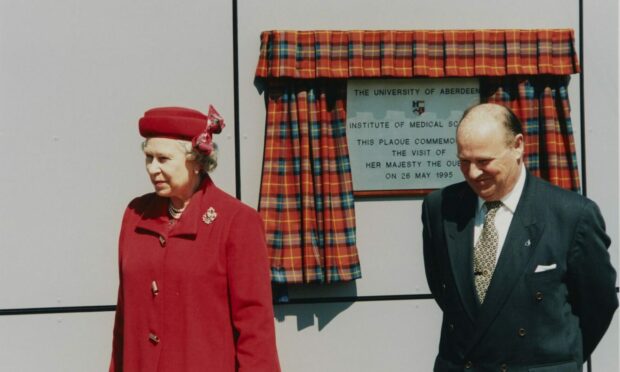
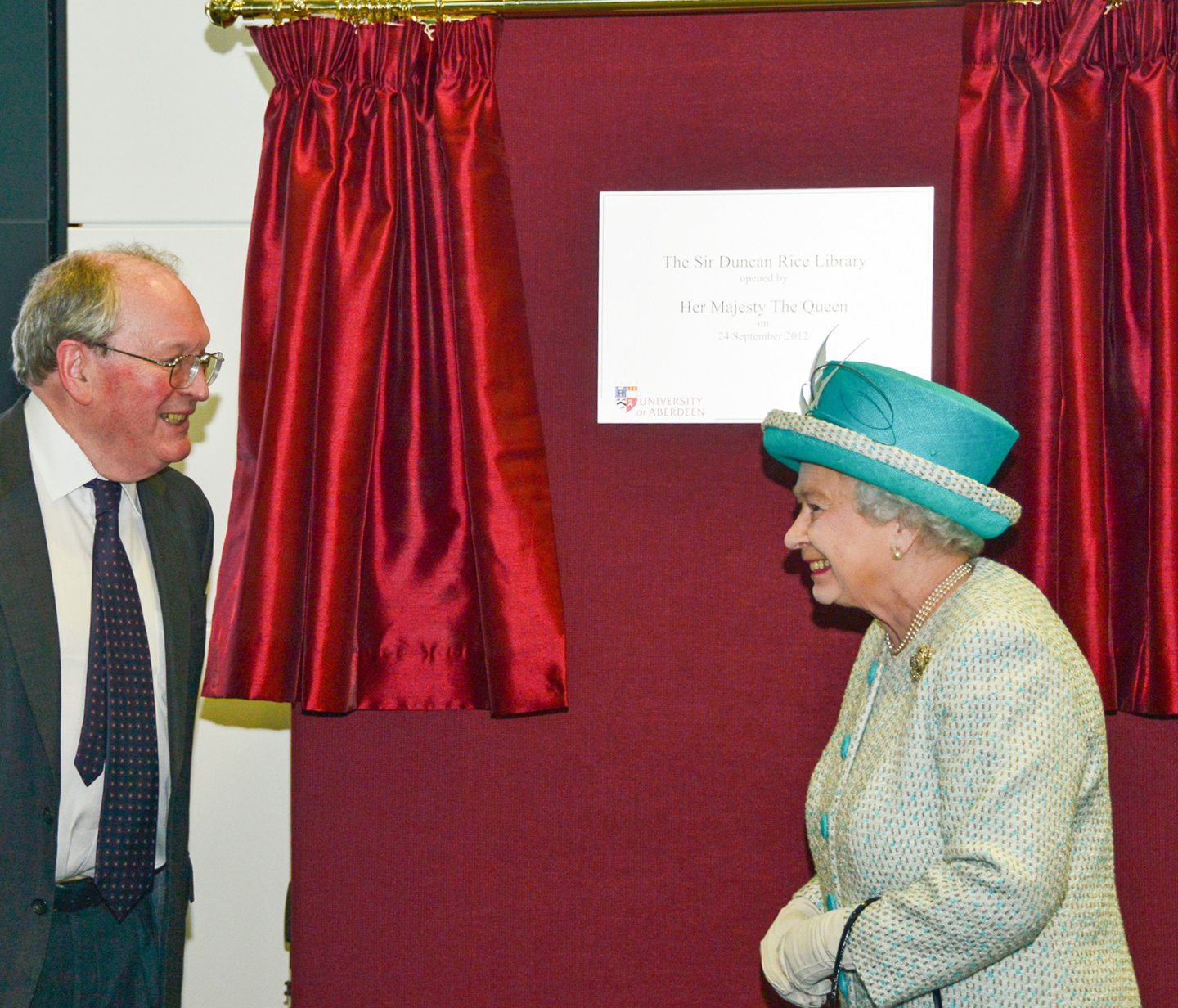
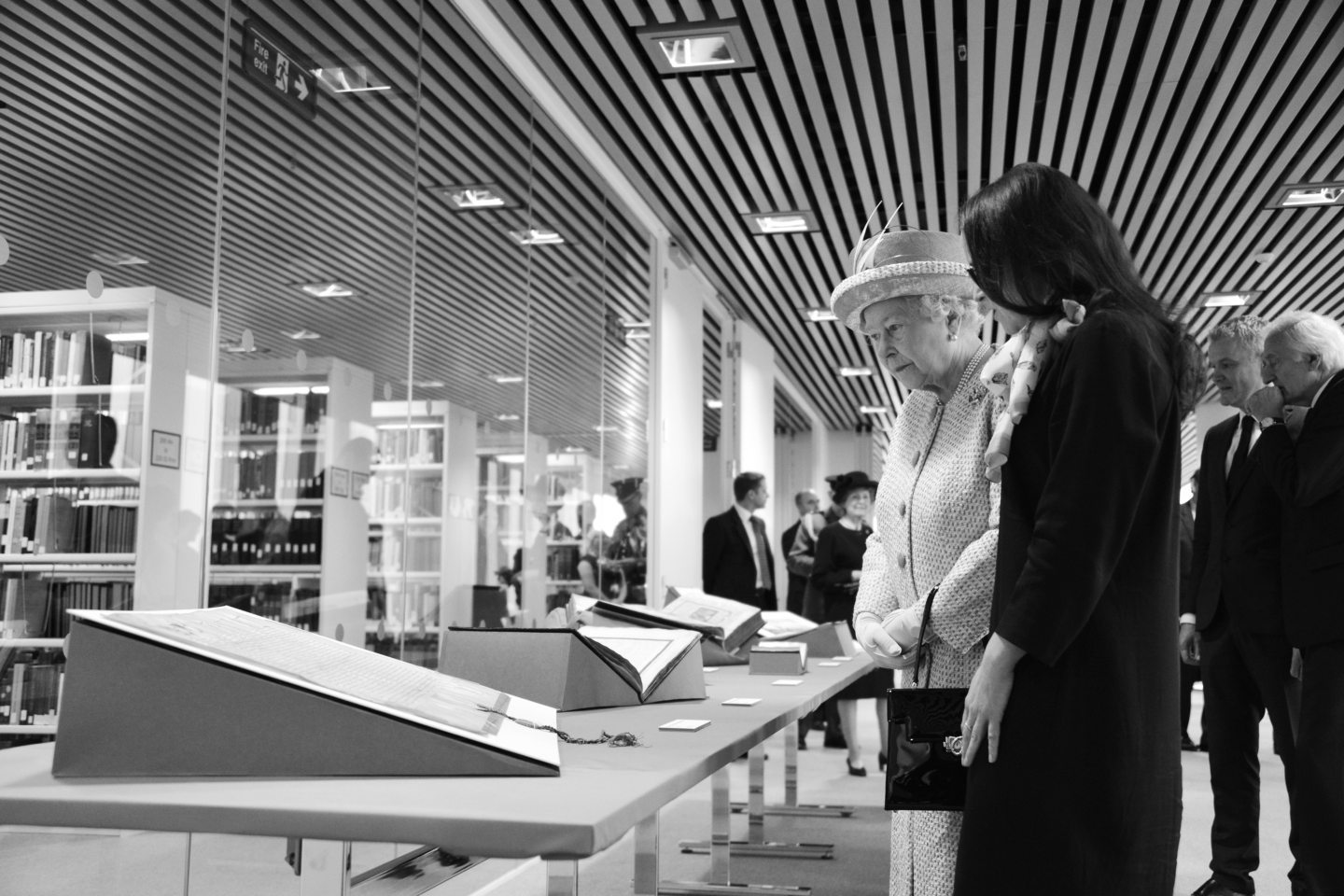
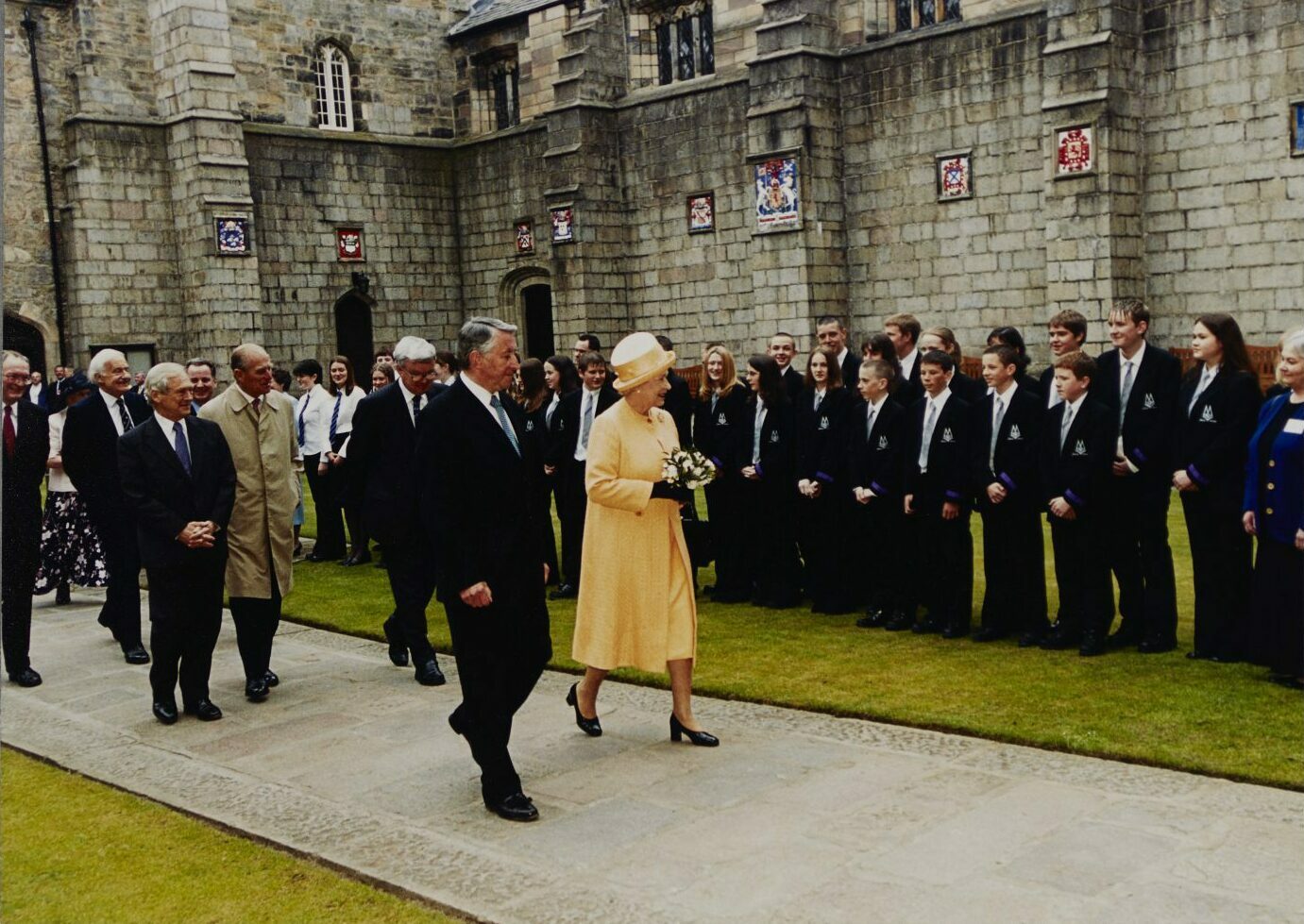
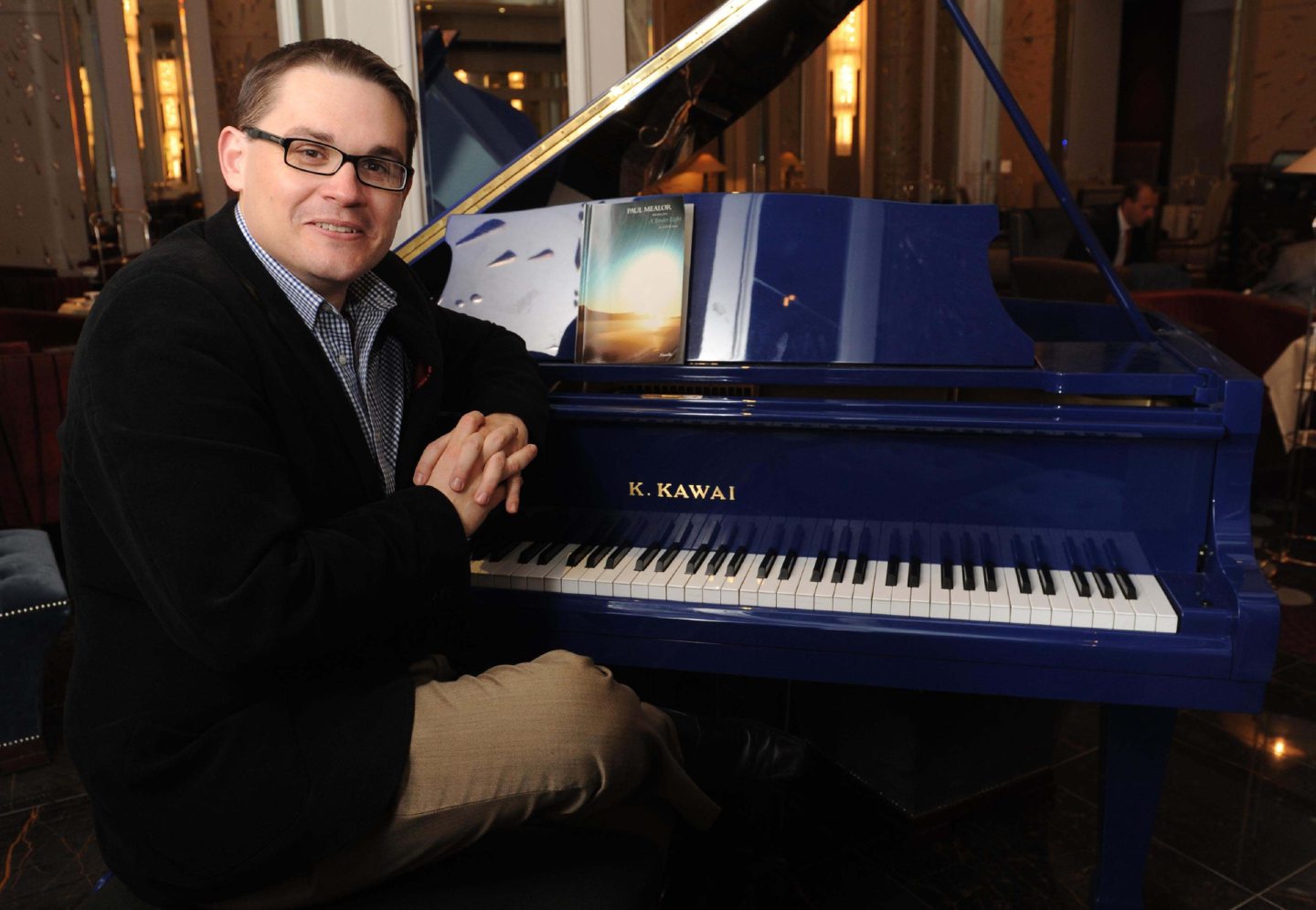
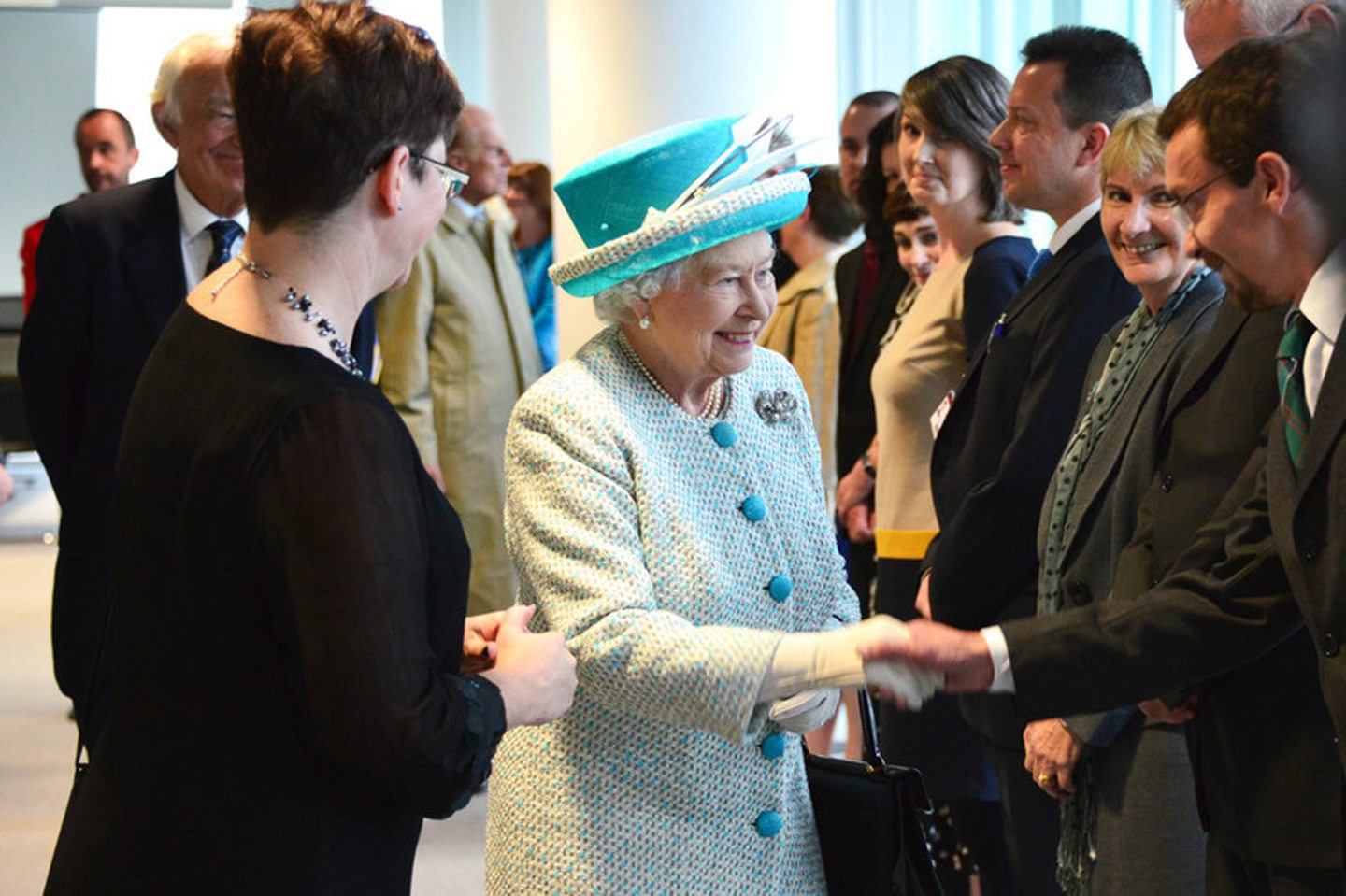
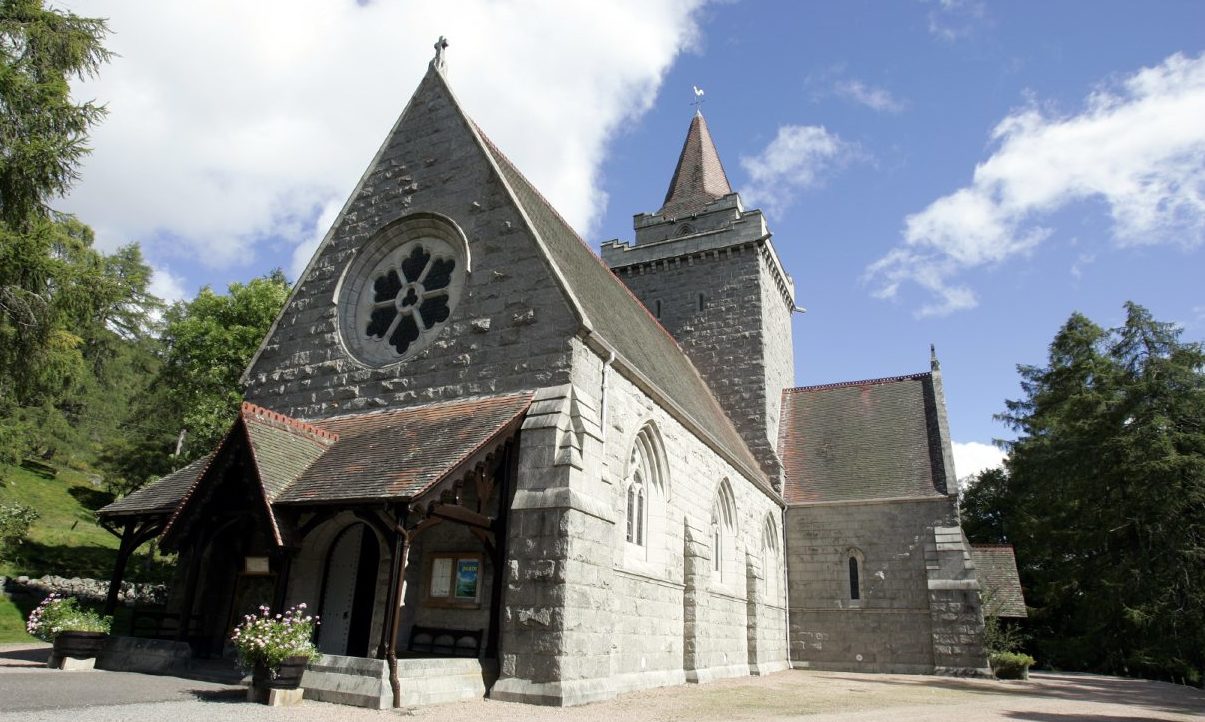
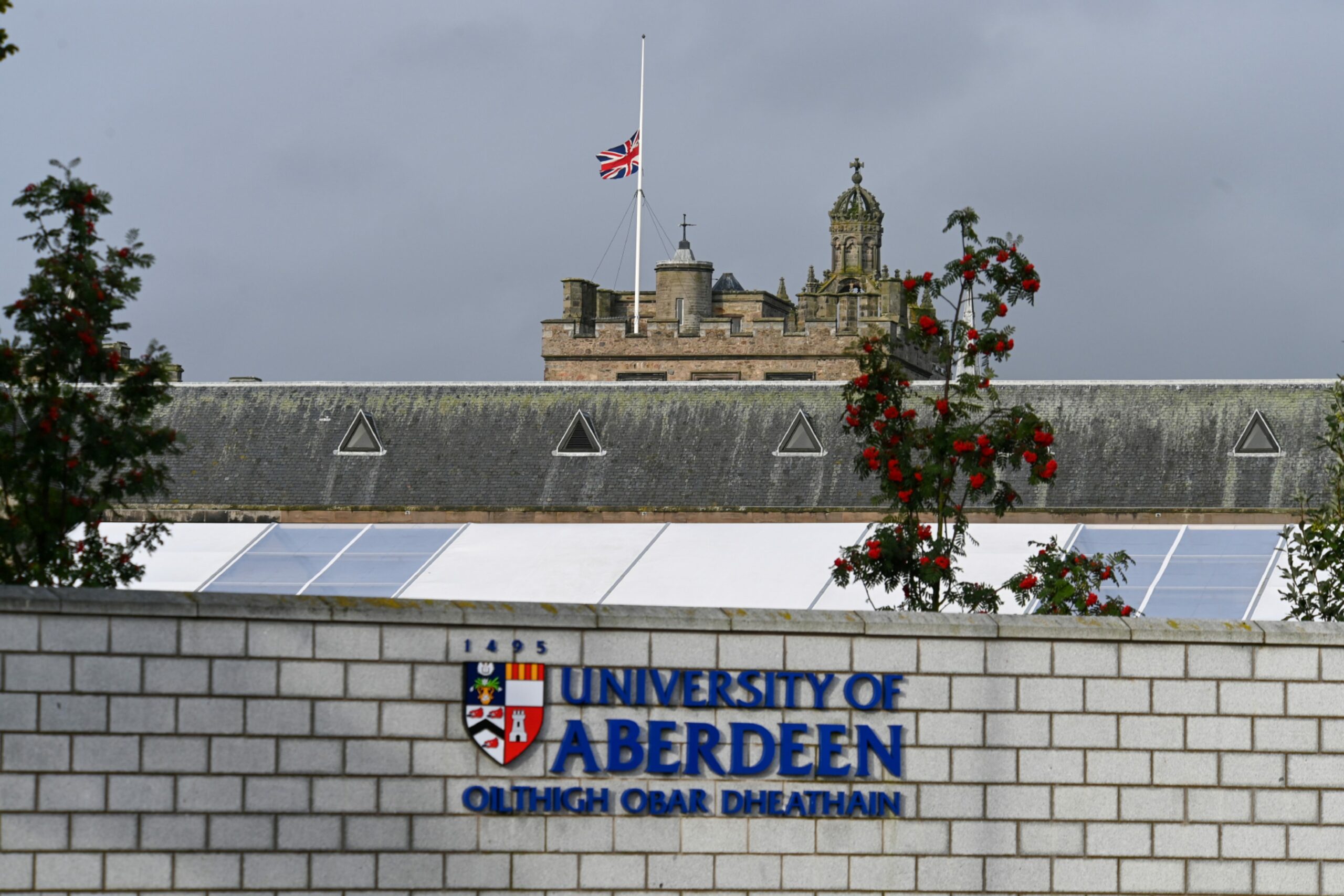
Conversation